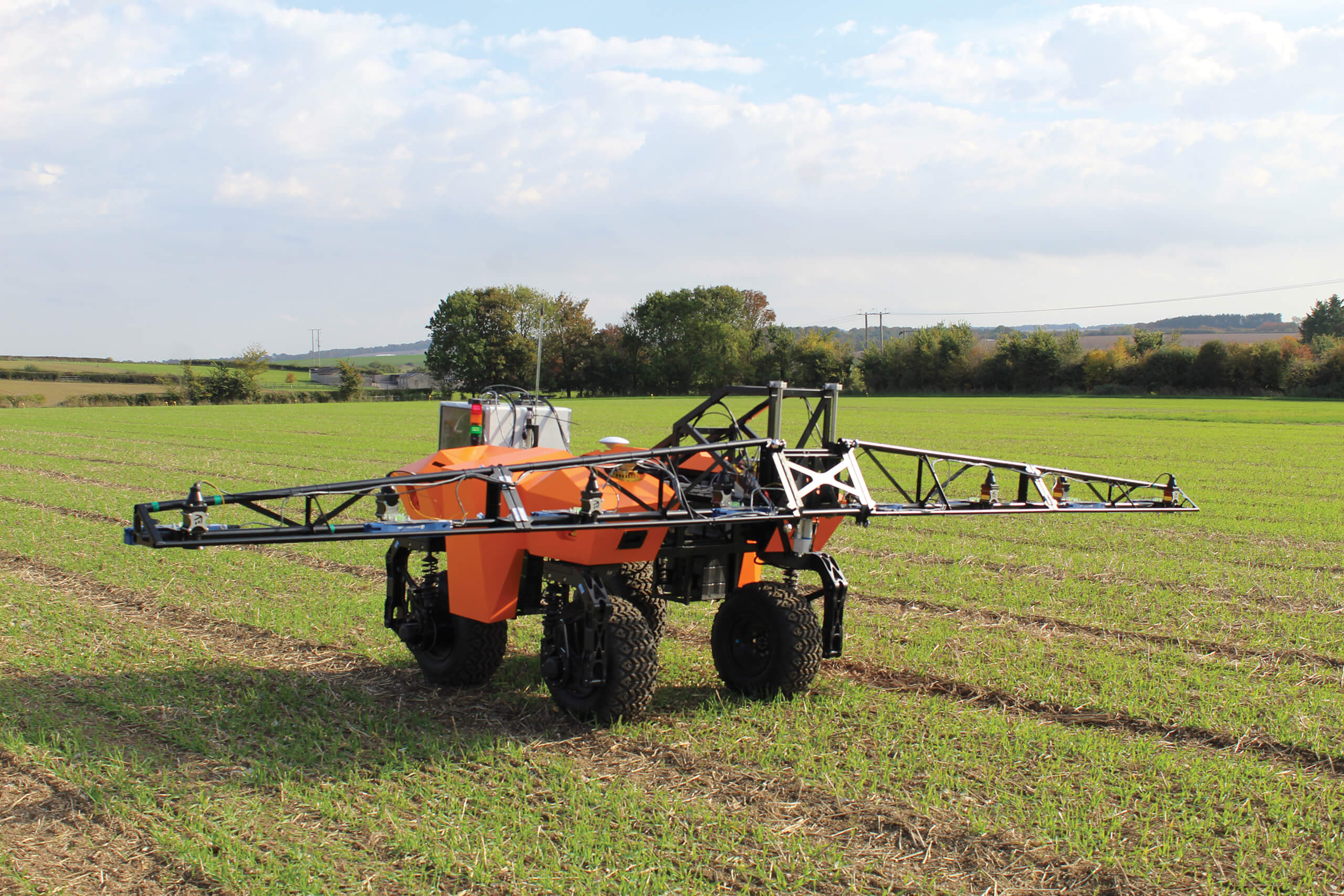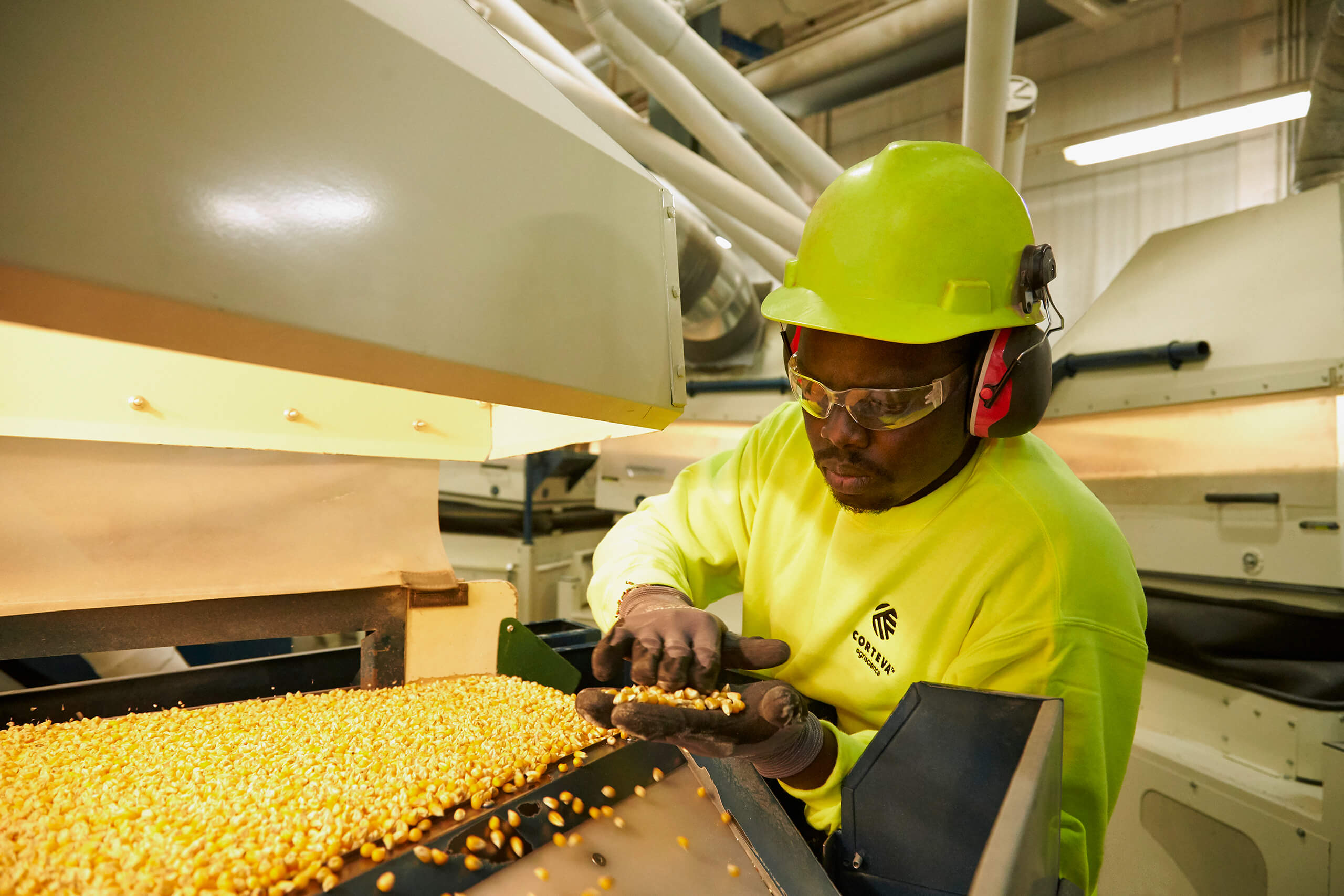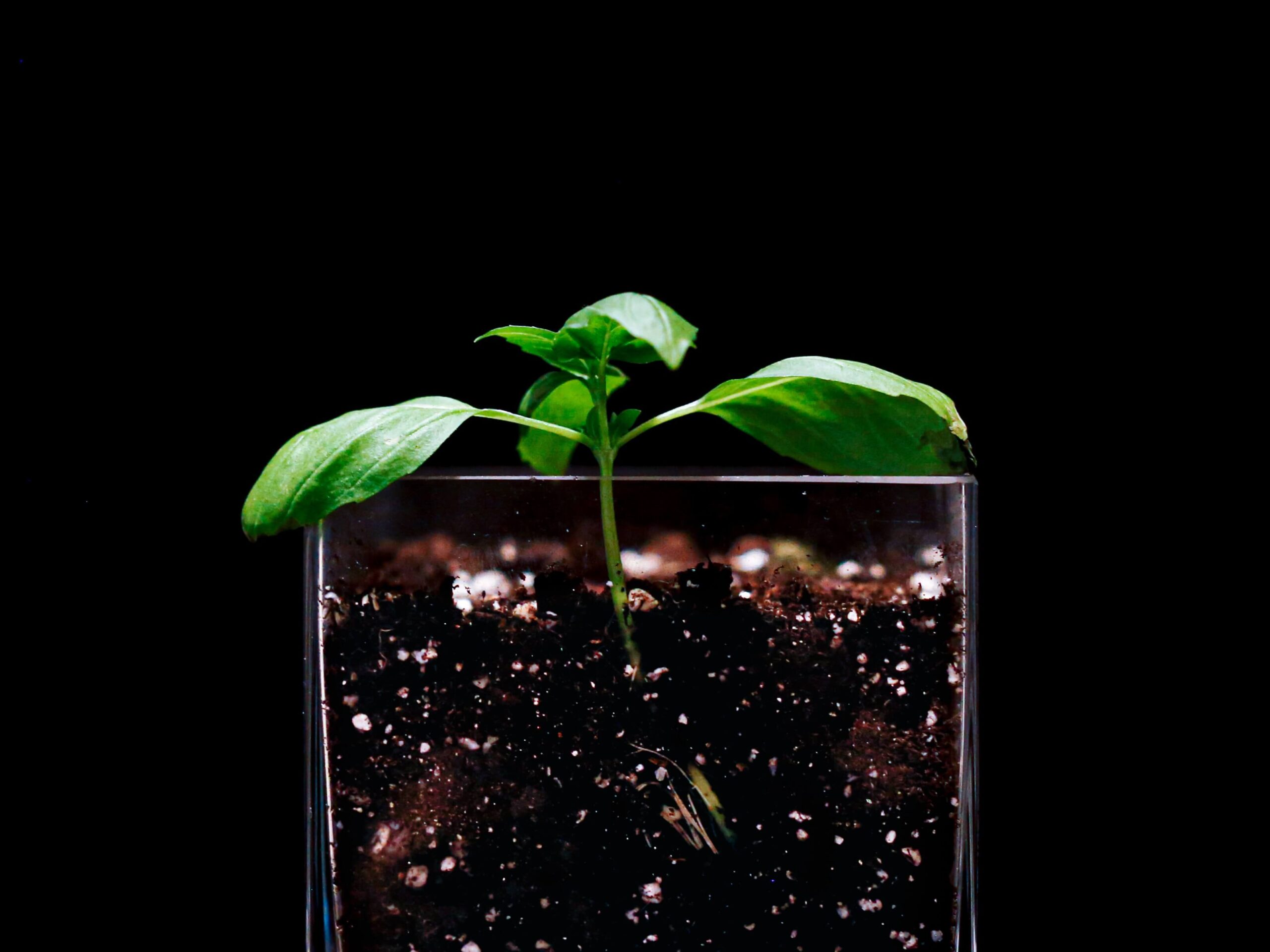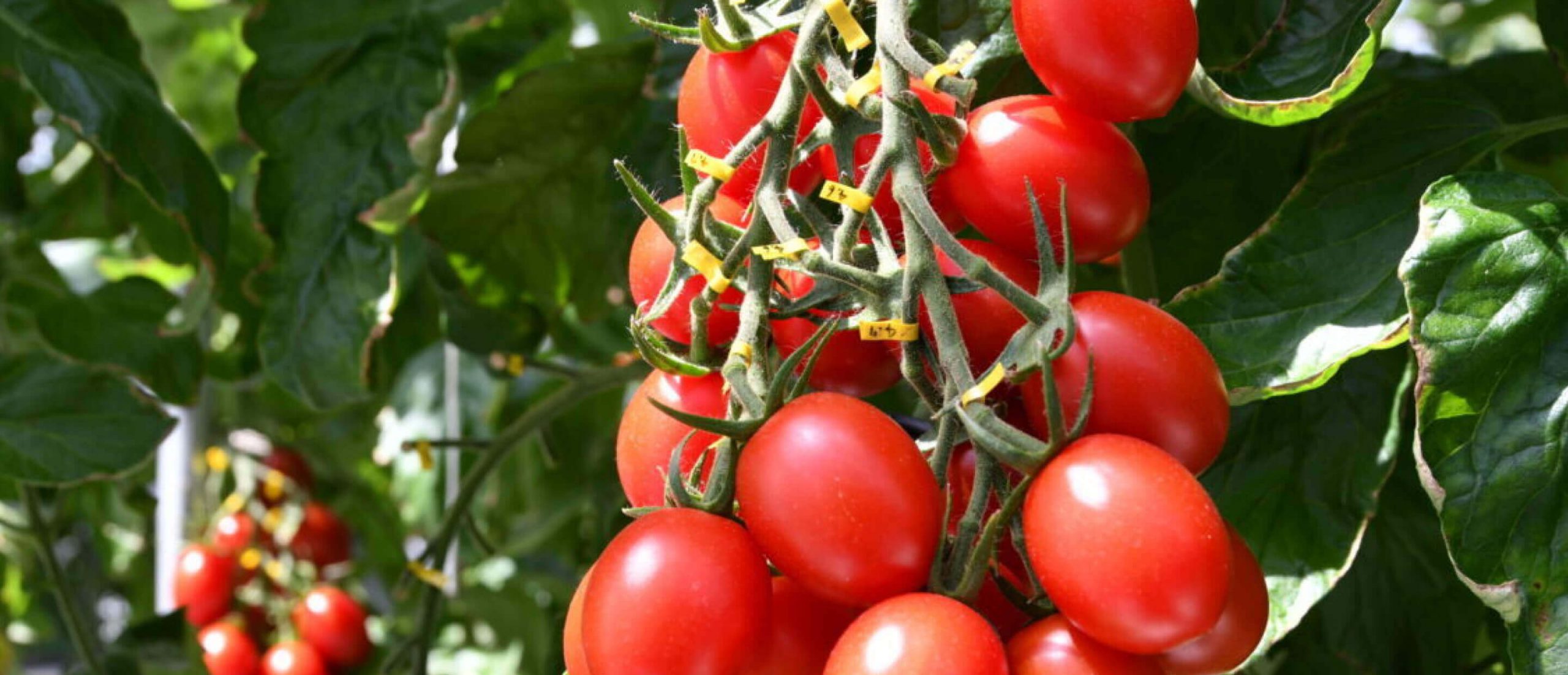
As crops with novel properties appear in farmers’ fields and the first gene-edited foods appear on supermarket shelves, how much do we know about the technology and where will it take our food?
In May 2021, a new tomato went on sale in Japan, representing a world first for food crops – not for what its DNA contains but for what’s been snipped out.
Developed by Japanese start-up Sanatech Seed, the Sicilian Rouge contains high levels of gamma-aminobutyric acid (GABA), believed to aid relaxation and lower blood pressure.
In the Sicilian Rouge, the precision-breeding technique CRISPR-Cas9 was used to make a genetic edit to its DNA – a tiny and precise deletion of the regulatory gene governing GABA accumulation disabled its function. Now the tomato can produce much higher levels of this beneficial natural ingredient than any other commercial type you can buy.
The nature of rules governing gene-edited crops in Japan have allowed food developed with CRISPR-Cas9 to be sold on its supermarket shelves before most other countries. Widespread marketing campaigns, informing consumers of the science behind gene-edited crops are credited with smoothing the introduction. In fact, positive interest from Japanese consumers resulted in Sanatech, a venture set up to promote the social implementation of gene editing technology, providing seedlings of the tomato to thousands of home gardeners free of charge.
Other introductions of gene-edited crops are set to follow suit swiftly. In May 2023, US start-up Pairwise, based in North Carolina, began selling nutrient-dense mustard greens, edited to remove the peppery taste. And India has exempted two precision breeding techniques from genetically modified organism regulations to pave the way for crops with enhanced disease resistance and drought tolerance.
The UK government has made a similar move with its Genetic Technology (Precision Breeding) Bill, enacted in March 2023. Four months later, the EU Commission revealed it was set to relax rules for gene-edited crops, having previously taken a hard line on genetically modified organism regulation. And in April 2023, China granted approval for a gene-edited high oleic-acid soybean.
Gene-edited soybeans have been cultivated commercially since 2018 – agbiotech company Calyxt contracted 78 farmers in the US Midwest to grow 17,000 acres (6,900 ha) of its high-oleic soybean seed. The crop was developed using the slightly older TALEN technology to produce Calyno oil, which contains fewer saturated fats than conventional soya and zero trans fats.
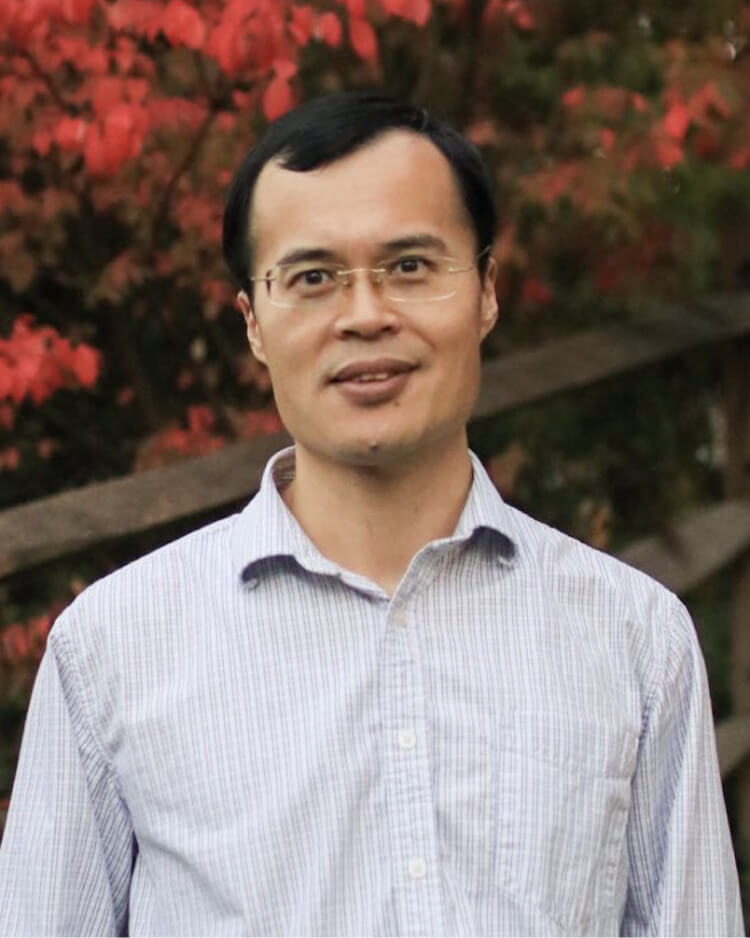
Dr. Yiping Qi says CRISPR-Cas allows you to introduce a beneficial mutation that already exists in a different variety or wild relative.
CRISPR technology has barely been with us for a decade, however. The paper that first described the discovery went almost unnoticed when it was published in June 2012, but later earned co-authors Jennifer Doudna and Emmanuelle Charpentier the 2020 Nobel Prize in Chemistry. Meanwhile, impressive claims have been made about how CRISPR can improve what we grow and consume, from drought-resistant crops to cancer-beating bread to solving food poverty itself.
So as this promising technology comes into farmers’ fields and onto supermarket shelves, it prompts many questions. Are these changes to the plant genome an acceleration of natural, conventional breeding processes? Will farmers be able to adapt their farming systems, or will there be unintended consequences? And will it help them to progress and grow food that’s more nutritious and better for the environment?
CRISPR-edited crops are no different from conventionally bred varieties, and at a DNA level, you can't distinguish one from another."
Related article
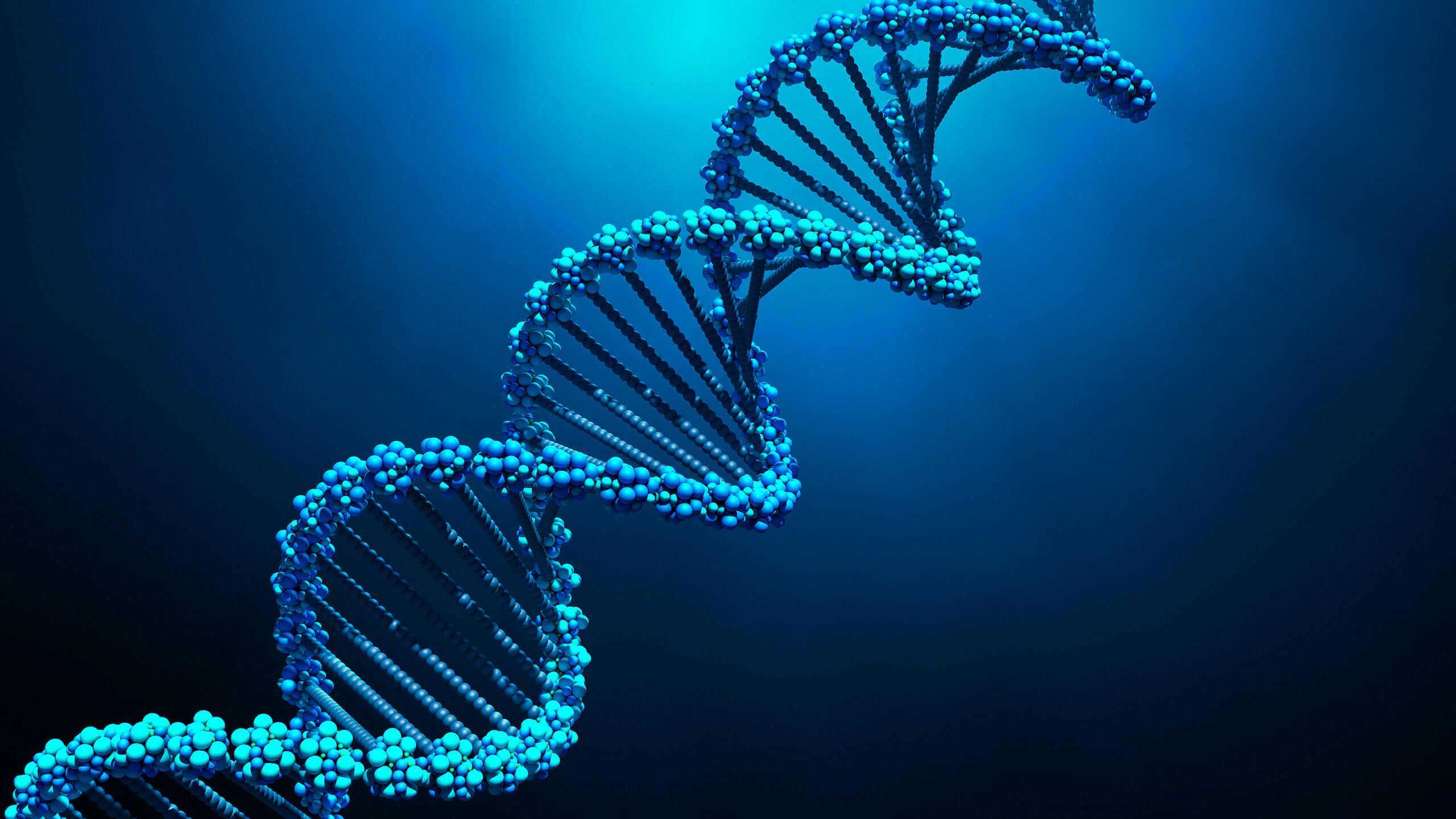
Attacking farmers’ problems with new breeding technology
With Corteva Agriscience’s unique gene-editing know-how, researchers fine-tune crops for better performance.
The Science
For Dr. Yiping Qi, CRISPR-Cas9 is just the start – level one of a five-step journey to where the technology and its capabilities currently sit (see panel on “editing the letters”). Qi leads research in biotechnology at the University of Maryland, focusing on genome editing and in particular, CRISPR-Cas technologies.
“CRISPR-Cas are bacteria immune systems, repurposed by scientists to function as molecular scissors,” he explains. “Directed by guide RNA, Cas nucleases, such as Cas9, cut DNA in a very specific part of a plant’s genome. When this happens, the plant repairs the broken DNA.”
While the edit here is precise and targeted, such DNA changes happen every day where it can be induced by stress or sunlight, for instance. The process of repairing is entirely natural but can lead to interesting mutations, which is what the precise edit with CRISPR aims to achieve.
“With CRISPR-Cas you directly edit the endogenous genes, so you can introduce a beneficial mutation that already exists in a different variety or wild relative. In this way, CRISPR-edited crops are no different from conventionally bred varieties, and at a DNA level, you can’t distinguish one from another.
“This is where gene-edited crops differ from genetically modified crops, in which one or a few genes – typically called transgenes – have been carried over from another species,” he adds.
Scientists at Rothamsted Research in the UK have used CRISPR-Cas9 technology to significantly reduce the level of acrylamide, a carcinogenic compound found in wheat products when toasted or fried. Benchmark levels for acrylamide have now been introduced in the EU, and the European Commission is poised to legislate to enshrine this guidance in law.
“Acrylamide is not naturally present in wheat, but forms as a processing contaminant when sugars react with the amino acid asparagine under high-temperature conditions,” explains Dr. Navneet Kaur, part of the team at Rothamsted developing gene-edited lines of wheat with low asparagine levels.
“It’s catalysed by an enzyme called asparagine synthetase. Using CRISPR technology, we precisely target a gene that regulates this enzyme to render it nonfunctional. This reduces the accumulation of asparagine and results in 45-55% reduction.”
These results were obtained under controlled conditions, but how would the edited wheat perform in the field? In the first year, the gene-edited wheat variety Cadenza was compared with its unedited control. Also in the trial was the wheat variety Claire, and in this case the gene had been partially knocked out by treating seeds with a chemical – a much older technique, sometimes called TILLING (Targeting Induced Local Lesions IN Genomes).
Regulation around the globe
The Globe Gene Editing Regulation Tracker advises that the US, Canada and Japan are among countries that regulate breeding techniques based on the end product and not the process. This means GE foods don’t require special approval or labeling if they result from minor “edits” that could have been produced through traditional breeding.
The EU regulates gene editing as a process, which has resulted in strict regulation for genetically modified organisms and gene-edited plants.

Dr. Navneet Kaur is part of team working on reducing acrylamide at Rothamsted Research and she explains that it would be very difficult to produce a variety lacking the gene controlling asparagine synthetase on all three genomes using conventional breeding techniques.
“The gene-edited lines showed a significant reduction in asparagine content, but the picture was less clear with the TILLING lines, which were only partial knockouts. What’s more, the gene-edited Cadenza yielded about the same as its control, though with a slightly lower bushel weight. However, the TILLING lines performed significantly lower than the control lines of Claire in terms of yield.”
The team has now moved onto stacked technology in which two genes controlling asparagine synthetase have been knocked out across all three wheat genomes. “Wheat is hexaploid, which means it has three copies of its genome,” Kaur explains.
“It would be very difficult to produce a variety lacking the gene on all three genomes using conventional breeding techniques. But through gene editing, we’ve achieved a total knock-out line of both the ASN1 and ASN2 genes.
“This novel material has shown us really promising results in the controlled environment, with an 80% reduction in asparagine content,” notes Kaur. “We are hoping this year we will replicate the same result in the field.”

A breadmaking wheat variety has been gene edited to reduce the carcinogenic substance that manifests as blackening on your toast – acrylamide.
The Opportunity
Bringing these changes into the field is what makes CRISPR technology exciting for Professor Mario Caccamo, CEO of leading UK crop science organization NIAB.
“One of the biggest challenges plant breeders have when bringing new crops into the field is to find the perfect combination from different parental lines for higher yields, better use of resources and more nutritious foods. Now we can make those changes. We can achieve them with a precision that we couldn’t before,” he notes.
Editing the letters – five advances in CRISPR application
DNA is made up of four nucleotides, described as the letters A, T, G and C, and it’s the sequence of these that make up the unique genome of an organism. Yiping Qi draws the analogy of letters forming words on a page into sentences that make a unique story. Editing these can change the meaning, impact or both. Likewise, the edits scientists can now make with the CRISPR system are potentially very powerful.

Prof. Mario Caccamo says gene editing is accessible in parts of the world where molecular technology has often been difficult or too expensive.
Caccamo makes the point that hexaploid wheat, for example, has a massive genome of 15 billion nucleotides — five times larger than the human genome. While this presents endless opportunities for a technology with such precision, it’s incumbent on scientists to understand the changes they make to DNA and to use the tools properly. This means investing more in fundamental research.
“Another important fact is that gene editing is a very affordable technology and relatively easy to use once you understand the basic principles. That’s democratized access to molecular tools in parts of the world where access to technology is often difficult or too expensive. But that’s arguably where it’s needed most to address the challenges of devastating crop pests and diseases, food poverty, and weather challenges.
“However, it would be a mistake to put all our hopes and expectations in a single technology. As much as CRISPR is very powerful, it’s one tool in the toolbox,” he points out.

Restaurateur Erik Oberholtzer believes we should welcome crop varieties that are regionalized, that have better human health outcomes in terms of nutrition density, affordability and access.
“One of the challenges we see with genetic modification is that the technology is restricted to a small number of organisations able to afford it. Gene editing is more accessible, and we should look at how it can be combined with other well-established tools to address issues at a local level, adapt to different environmental conditions and bring about more creative solutions.”
It’s a vision for the technology that’s shared by restaurateur Erik Oberholtzer, Founder of California-based Tender Greens. This chain of chef-led kitchens is blazing a trail in serving seasonal and responsibly-sourced food, aimed at improving the way people eat every day.
“What I’m hearing of gene editing is that it reaches the same outcomes as traditional breeding, but faster and with more precision. If that helps us navigate a changing world, whether it’s population explosion, environmental shifts, or just production strains on our farmers and the food system, then I’m OK with that.”
Farmers are pragmatists. They'll find the best way to grow crops and get them to market but they are also protective of their land and their soil."
Oberholtzer believes change should be balanced. “As a chef, I am very much against the commoditization of food. We should honour the heritage of heirloom varieties and the diversity in our food system. But we should welcome crop varieties that are regionalized, that have better human health outcomes in terms of nutrition density, affordability, and access.”
There should be a degree of regulation – safeguards to ensure that outcomes are positive for the environment, he notes. “But progress over purity is something that’s important to hold on to. Farmers are pragmatists. They’ll find the best way to grow crops and get them to market but they are also very protective of their land and their soil.
“Give them the guardrails and better tools, and I think they can find a pathway where there are benefits for just about everybody.”
The View: Now, Next and Beyond
2024
Varieties bred using CRISPR technologies are becoming approved in an increasing number of countries around the world, with food already appearing on supermarket shelves grown from gene-edited crops, however social license remains an important issue. Meanwhile, the tools in the CRISPR toolbox have increased to five, each providing more refinement to the gene-editing process.
Next
R&D will continue at pace – CRISPR technologies can be combined with other well-established tools to target agronomic, environmental and nutritional problems in different regions of the world. Other uses for precision breeding techniques, such as in vivo plant sensors, will continue to be explored.
Beyond
New varieties with important new traits will quickly become commercially available. The time needed to develop an improved variety is reduced by nearly two-thirds and eliminates linkage drag caused by non-elite residual genes from the donor parent, which are impossible to eliminate by conventional backcross breeding.

